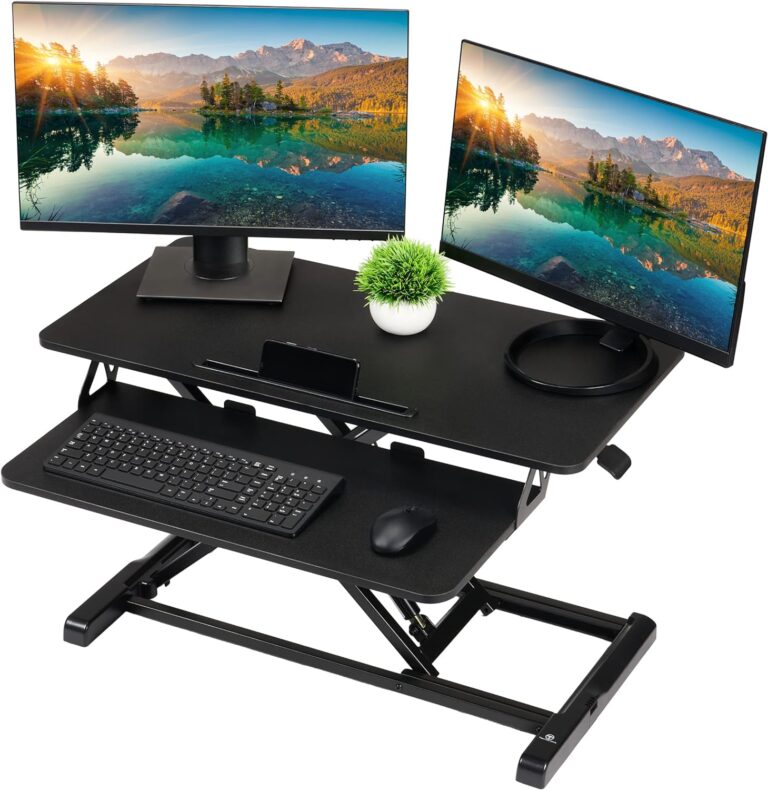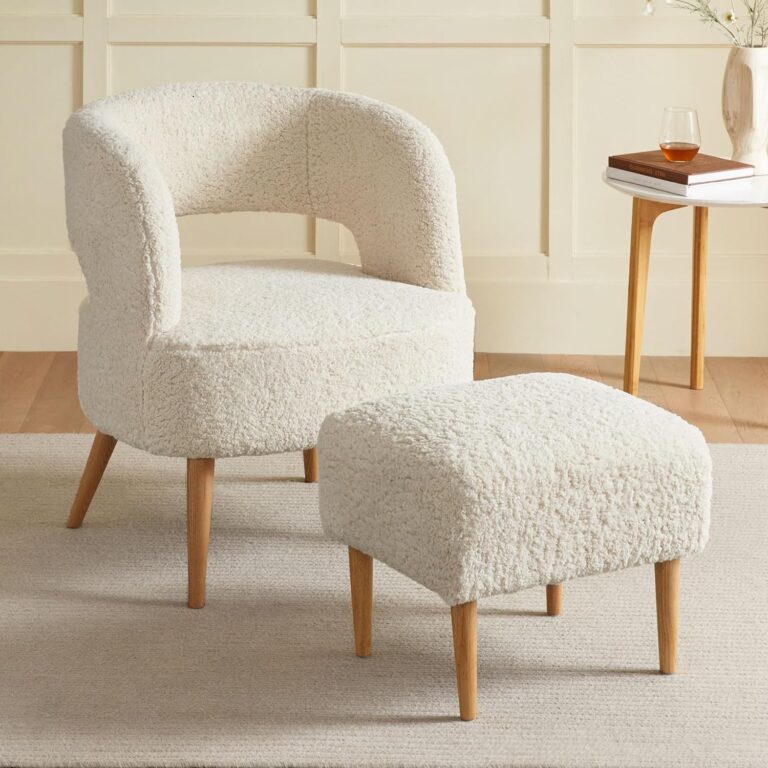
A dresser can be a versatile piece of furniture that can serve many purposes beyond just storing clothes. One popular alternative use for a dresser is as a TV stand. This can be a great option for those who want to save space and money, as a dresser can often be found for a lower price than a traditional TV stand.
When using a dresser as a TV stand, it’s important to consider the size and weight of the TV. A dresser that is too small or not sturdy enough may not be able to support the TV safely. It’s also important to ensure that there is enough space for any additional electronics, such as a cable box or gaming console.
Another benefit of using a dresser as a TV stand is the added storage space. The drawers can be used to store DVDs, video games, or other media. This can help keep the living room or bedroom organized and clutter-free. With a little creativity and some careful planning, a dresser can be a great option for those looking for an alternative to a traditional TV stand.
Benefits of Using a Dresser as a TV Stand
Using a dresser as a TV stand is a smart and practical choice. Not only does it save space, but it’s also cost-effective and stylish. Here are some of the benefits of using a dresser as a TV stand:
Space Efficiency
One of the main benefits of using a dresser as a TV stand is that it saves space. Dressers are typically taller than traditional TV stands, which means you can use the extra height to store other items like books, DVDs, or gaming consoles. This is especially useful for small apartments or rooms where space is limited.
Cost-Effectiveness
Another benefit of using a dresser as a TV stand is that it’s cost-effective. Dressers are often less expensive than traditional TV stands, and they also provide more storage space. This means you can use the dresser to store other items in addition to your TV, which can help you save money in the long run.
Style Integration
Using a dresser as a TV stand also allows for greater style integration. Dressers come in a variety of styles, from modern to vintage, so you can choose one that fits your decor. Additionally, you can easily customize the dresser by painting it or adding new hardware to match your style preferences.
Overall, using a dresser as a TV stand is a smart choice that provides many benefits. It saves space, is cost-effective, and allows for greater style integration.
Considerations for Conversion
When considering using a dresser as a TV stand, there are a few things to keep in mind to ensure that the conversion is successful. Here are some important considerations:
Stability and Support
One of the most important things to consider when using a dresser as a TV stand is stability and support. Dressers are not designed to hold the weight of a television, so it’s important to make sure that the dresser is sturdy enough to support the TV.
To ensure stability, it’s recommended to place the TV in the center of the dresser and use a mounting bracket to secure it to the wall. This will help distribute the weight of the TV evenly and prevent the dresser from tipping over.

Cable Management
Another important consideration when using a dresser as a TV stand is cable management. Dressers are not designed with cable management in mind, so it’s important to find a way to hide the cables and cords to prevent them from becoming tangled or unsightly.
There are a few ways to manage cables when using a dresser as a TV stand. One option is to use cable ties or clips to secure the cables to the back of the dresser. Another option is to drill a hole in the back of the dresser to allow the cables to pass through.
Ventilation
Finally, it’s important to consider ventilation when using a dresser as a TV stand. TVs generate heat, and if the dresser doesn’t allow for proper ventilation, the TV could overheat and become damaged.
To ensure proper ventilation, it’s recommended to leave some space between the TV and the back of the dresser. This will allow air to circulate and prevent the TV from overheating. Additionally, it’s important to avoid placing any objects on top of the TV that could block the vents and disrupt the airflow.






